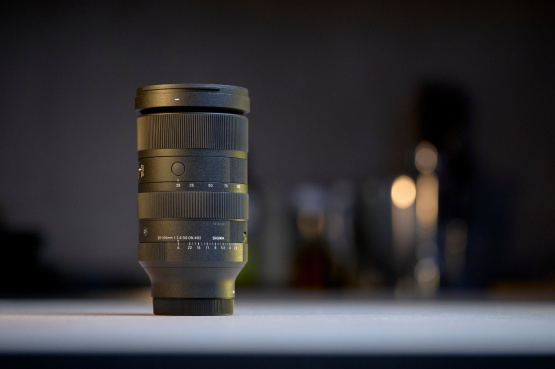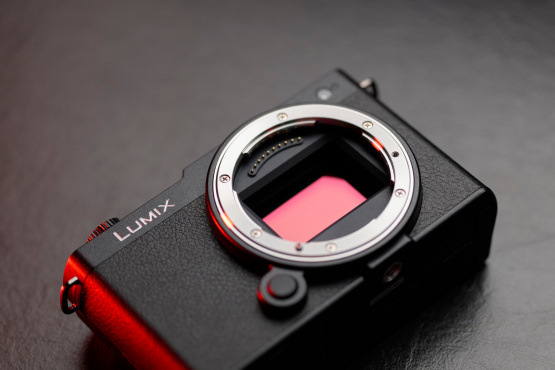Depending on your thirst for pixels the D600 may prove better value for buyers than the bigger D800, with a massive 24MP of full frame detail in a modest sized body. This is a professional grade sensor wrapped in a very compact consumer-focused body. You lose a few bells and whistles compared to Nikon's bigger D800 but the price point is attractive and the results are superb.
This model will be compelling for photographers who have enjoyed the DX format but want to access the wider range of lenses and higher image quality offered on the FX models. You can still use the DX lenses because the D600 will crop the image accordingly, delivering a reduction in pixels but with identical image quality and performance as the DX format.
24MP is a lot of data, especially with the current generation of sensors from Nikon that are delivering exceptional ISO performance and superior dynamic range. There's more than enough pixels on the D600 to make the most of Nikon's best lenses, and a simple pairing with the 24-70mm f/2.8 will produce professional images backed by a finely tuned autofocus system.
Basic specifications on the D600 will impress such as the dual SD card slots, partial construction with magnesium alloy and a shutter rated to 150,000 cycles. The delight is in the detail however as the Nikon engineers have ensured this body will work faithfully with a long line of lenses both new and old. The D600 supports the older AF lenses that have no focus motor in addition to the newer AF-S versions, plus the imaging system corrects for lens flaws in a wide range of professional and consumer models.
Distortion Control can be manually deactivated for photographers who prefer unedited pixels off the camera.
Old lenses meet new technology in the D600 with the addition of the optional Wireless Mobile Adaptor, allowing your smartphone to drive the camera or retrieve images off the cards for immediate sharing. This feature is a clear indication of Nikon's intention to target the D600 at consumers, overlooking professional networking and high speed USB. It's a wolf in sheep's clothing however as many professionals will end up taking full advantage of the low price point and rapid frame rates.
Custom user modes on the dial make the D600 excellent for photographers who work with consistent shooting setups and want to jump directly to their configuration of choice. You can for example set U1 to shallow depth of field and low ISO for portrait work, and U2 for narrow aperture with a B+W preview for urban street scenes. Once you get used to working in the customised user modes you can jump off your baseline and into the advanced manual modes when the need arises.
The inclusion of user modes on the dial is one area that makes the ergonomics of the D600 just that little bit nicer than it's big brother D800. For many Nikon owners this will be the better camera for sure, with faster frames rates and less storage hassles on the 24MP sensor. Shooting at 5.5fps with a beautifully compact body makes the D600 a practical solution for shooting on the road or on the run.
The autofocus system inside the D600 is not borrowed from the D800, but has more in common with the DX format D7000. Most notably the clustering of focus points is very narrow compared to most full frame DSLRs, because they are laid out in proportion for a DX sensor. While less than ideal for tracking wildlife across the autofocus grid most photographers wont have an issue with it, and the autofocus system is still very responsive and flexible.
What you don't get in the D600 compared to a D800 is where some Nikon owners will struggle to decide between the two models. Lack of USB3.0 speed is annoying for studio work and the removal of a few dials and buttons on the outside require close examination in case the changes will affect you significantly. This model won't qualify for Nikon Professional Services (NPS) so for professional shooters the camera is a luxury rather than a workhorse.
Feel and ergonomics of the D600 will be very familiar to D7000 users, but a bigger sensor and bigger view finder make this a unique offering in the Nikon line up. It's not so much a smaller D800, rather it's a better D7000 in every possible way.
Conclusion
This camera offers an extremely generous 24MP of rich image capturing backed by excellent performance in all areas. In the effort to keep the D600 in a different market to the bigger D800 Nikon have stripped a few useful functions that may prove annoying to serious photographers.

Keep Reading
Join Ewen's newsletter for monthly updates on new photography articles and tour offers...Subscribe Here









